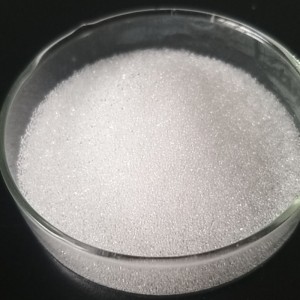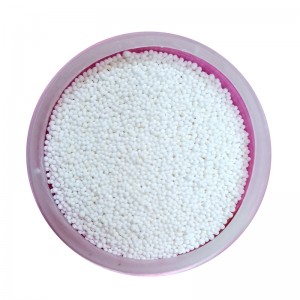
PFAS SELECTIVE RESIN DL-PFA618E
PFAS SELECTIVE RESIN DL-PFA618E
| Designation |
DL-PFA618E |
| Polymer skeleton |
polystyrene divinylbenzene crosslinking |
| Appearance |
spherical particles |
| Functional group composite |
ammonia |
| Average diameter |
675 ± 75 µ m |
| Uniformity coefficient (maximum) |
1.3 |
| Specific gravity |
1.05 |
| Packaging density (approximately) |
650-700 g/L (40.6-43.8 lb/ft ³) |
| Temperature limit |
100 ° C (212.0 ° F) (Cl – type) |
| Temperature limit 60 ° C (140.0 ° F) |
60 ° C (140.0 ° F)(OH – type) |
Introduction
DL- PFA618E can reduce PFAS to non-detect or single-digit part per trillion (ng/L) levels for long
periods of times due to their inherent high selectivity for PFAS. However, proper treatment system design
and operation are crucial to such success. While standard anion exchange resins can remove PFAS to
some extent, they are not recommended due to their lower selectivity and tendency to produce higher PFAS
leakages. Adherence to guidelines and suggested minimum requirements for Purofine DL- PFA618E can allow
operators to achieve effective and cost-efficient results.
DL- PFA618E provides:
• High selectivity for both short and long-chain PFAS removal.
• Small footprints for treatment, including the reduction of ancillary equipment.
• Long bed life as the resin loads PFAS for months to years, depending on the water chemistry.
• Elimination of liability for the generator when spent PFAS resin is incinerated properly. The resin and the
PFAS are both destroyed, ending the PFAS “forever chemical” cycle in the environment.
Write your message here and send it to us








